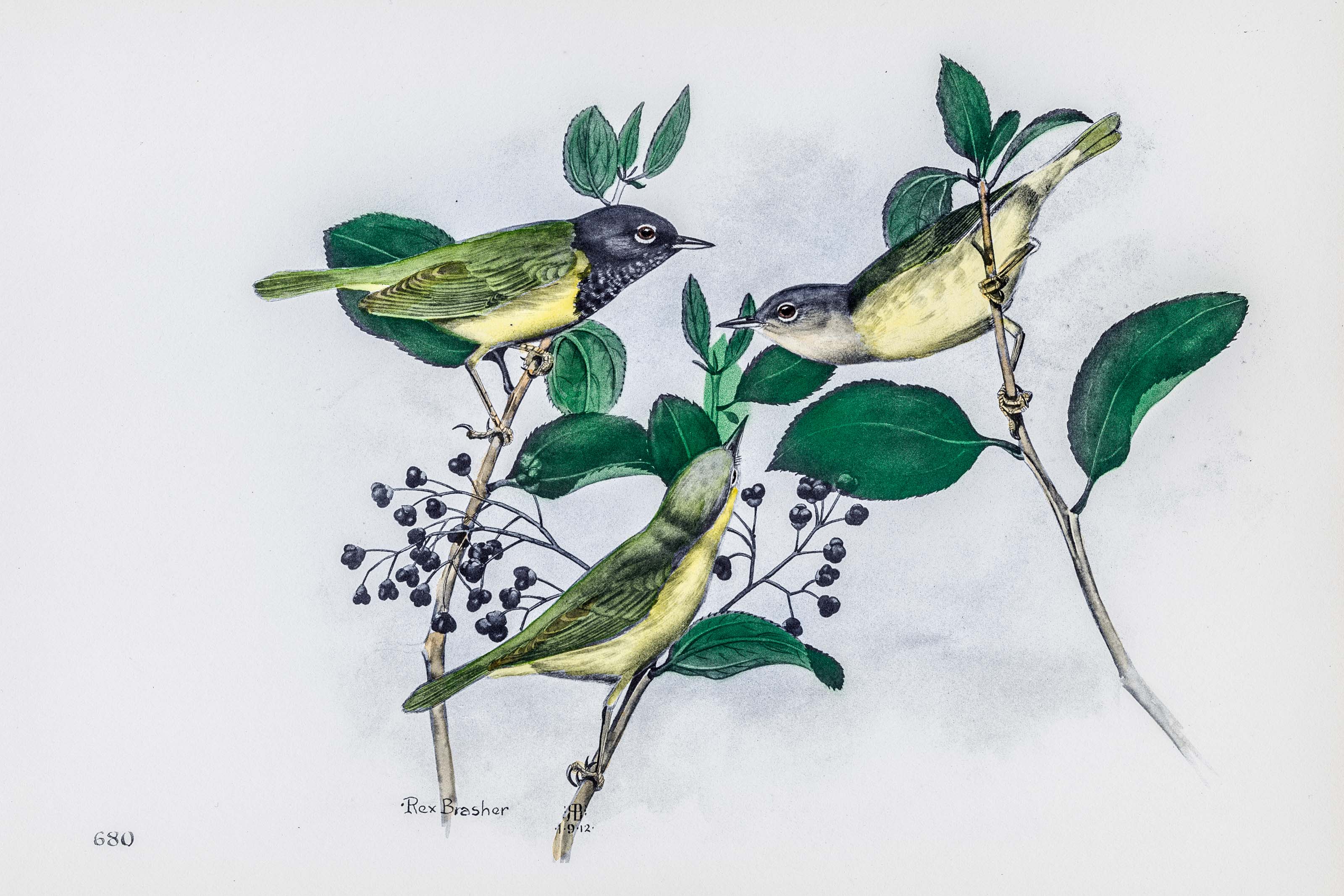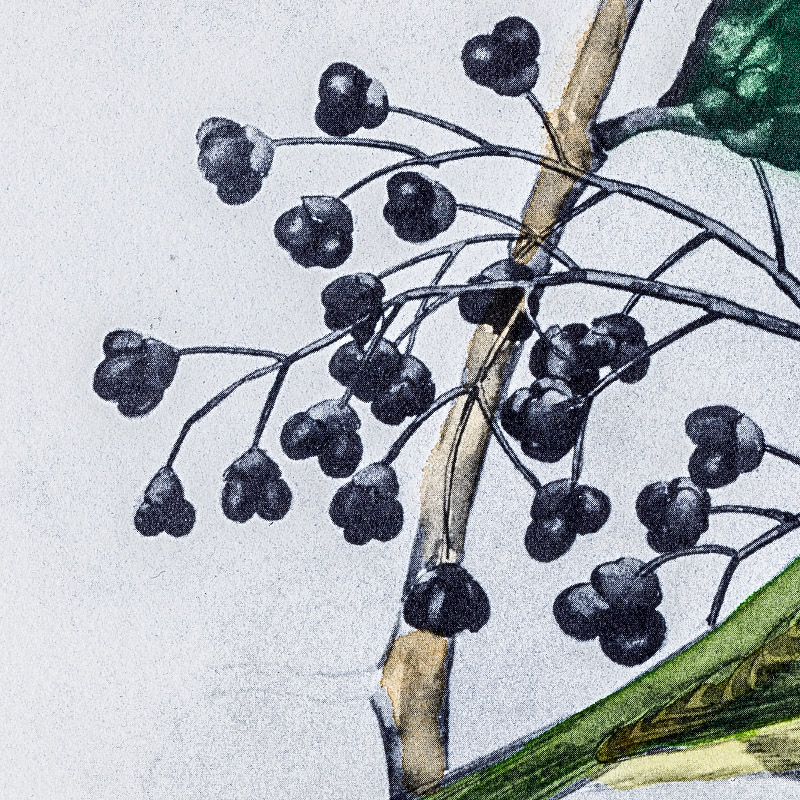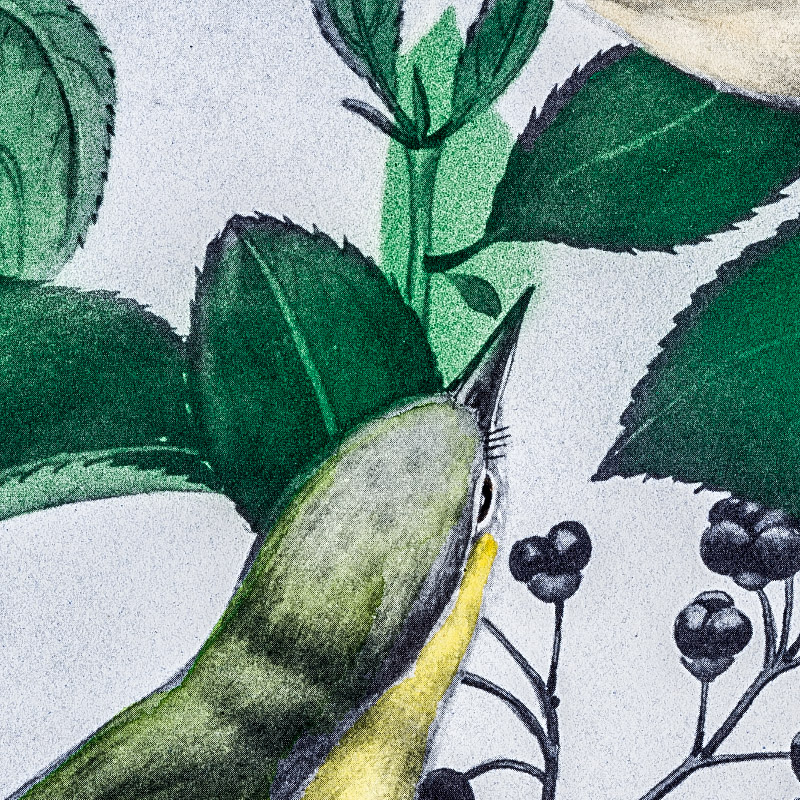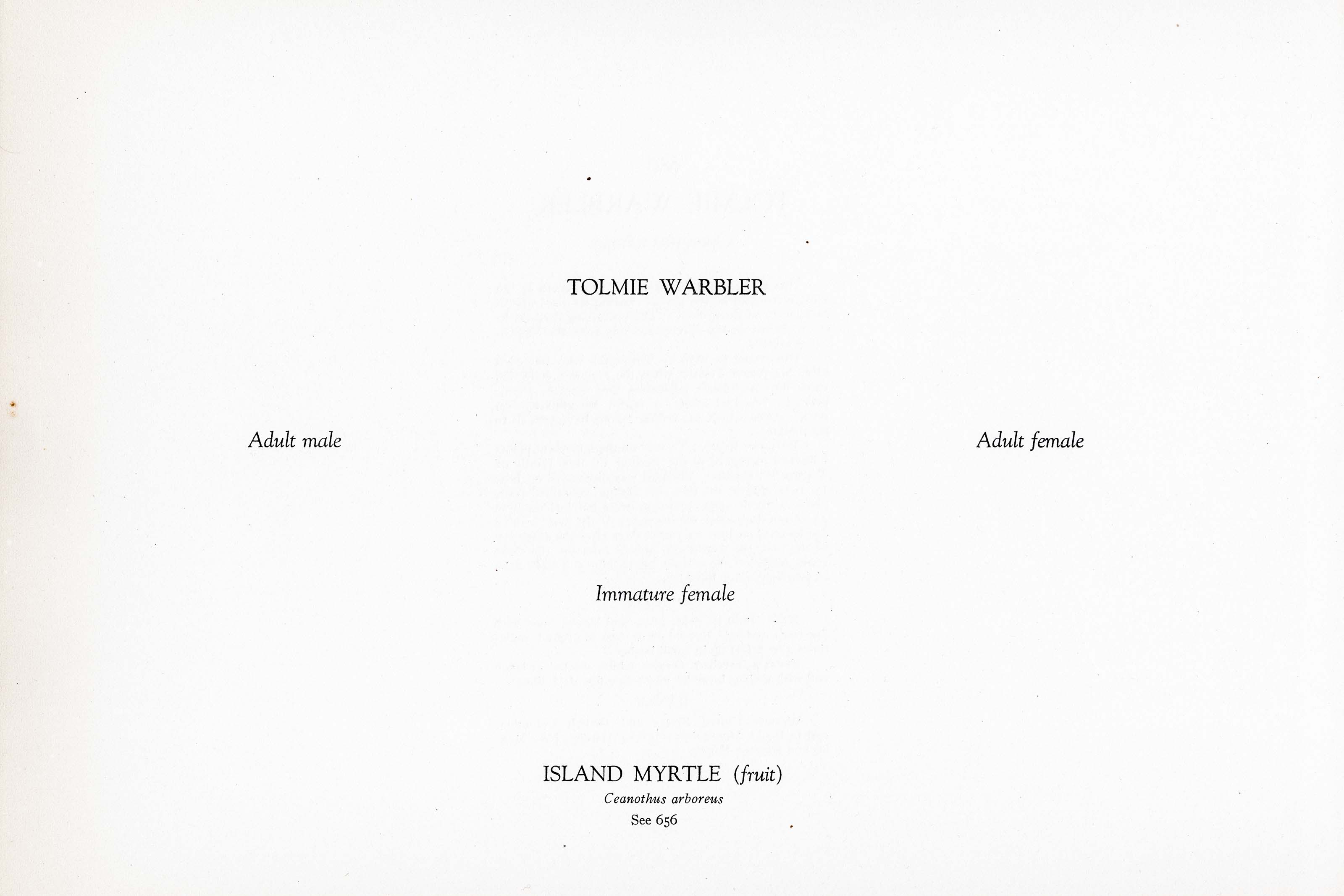






1912
1930
11
680
A team of dedicated board members, volunteers, and student interns has published every page in Volume 9. This volume includes 360 images of paintings and lyrical descriptions of birds, now available online for everyone to enjoy anywhere in the world. This is a monumental task. Each volume requires approximately 400 hours to photograph, edit, transcribe, catalog, and publish online. We need your support to complete this work.
If you're tech-savvy, have a good eye, are meticulous with details, and love structured data, please consider volunteering by emailing us at hello@rexbrasher.org.
We encourage all bird lovers and supporters to consider a monetary donation to support our mission to make Rex's work available for everyone. You can provide a one-time or recurring donation online.
This western representative of the genera is the most terrestrial of the group, finding its food almost exclusively on the ground. Tho preferring deep thickets, its habits do not differ materially from the Mourning Warblers.
Discovered in 1839 by Townsend who named it after his friend Tolmie, when the former's collection came into Audubon's possession that eminent poseur promptly renamed after his friend Macgillivray — an unfair action which succeeding Solons have seen fit to perpetuate.
Margaret Wythe: To sum up the important points I learned in regard to the nesting of this family of TOLMIE WARBLERS: The nest was discovered on June 13, 1915, and at the time of finding contained four, probably fresh, eggs; two eggs were hatched on June 23, eleven days after the discovery of the nest; a third egg hatched on June 24, twelve days after the discovery of the nest; the fourth egg proved infertile; the three young birds left the nest on July 2, nine and eight days respectively, after hatching.
NEST: Built of dried grass and leaves, lined with fine roots and hair, located on or close to ground, sometimes 4 or 5 feet up in small bushes.
EGGS: 4, rarely 5, creamy white, spotted at large end with umber, lavender and a few fine dark lines.
Western United States and British Columbia, east to Rocky Mountains, south to Arizona, New Mexico and western Texas.
A small round-headed tree 20 feet high; distributed on the Santa Barbara Islands off the coast of California.